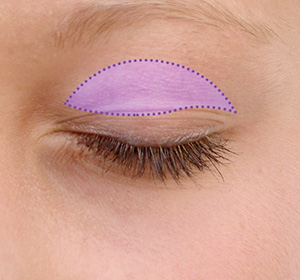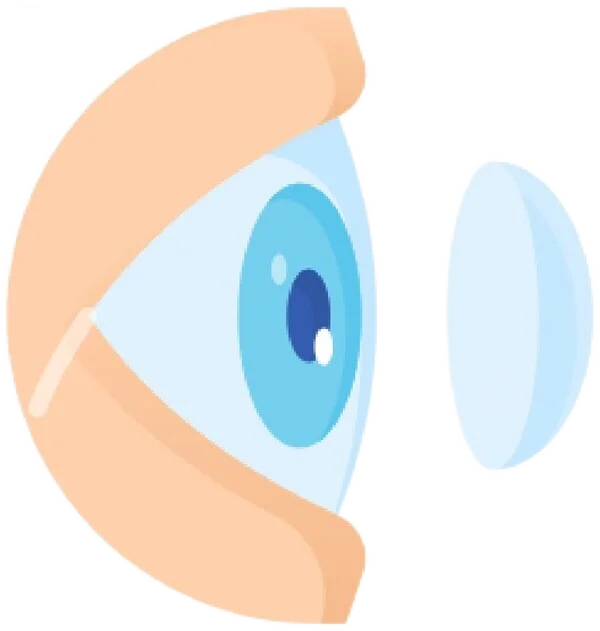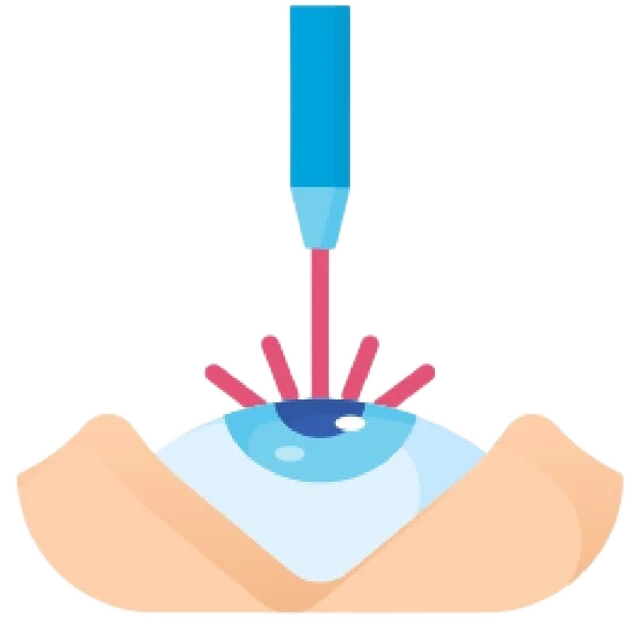
Introduction
What Is Xanthelasma?
Xanthelasma is a condition characterised by yellowish, flat or slightly raised plaques that appear on or around the eyelids. These deposits are made up of cholesterol and fat and typically form near the inner corners of the eyes. While xanthelasma is usually harmless and painless, it can be a visible cosmetic concern for many patients.
Xanthelasma can occur at any age but is more common in middle-aged and older adults. Although the deposits themselves do not affect vision, their presence may sometimes indicate underlying issues with cholesterol or lipid metabolism, making medical evaluation important.
Treatment options range from monitoring to removal procedures, depending on the size, location, and patient preference.
Causes and Risk Factors of Xanthelasma
What Causes Xanthelasma?
Xanthelasma forms when fatty deposits called lipids build up under the skin around the eyelids. While the exact cause isn’t always clear, several factors can increase the risk of developing xanthelasma:
- High cholesterol levels
Elevated LDL (“bad” cholesterol) or triglycerides can contribute to fat deposits in the skin.
- Lipid metabolism disorders
Conditions like familial hypercholesterolemia or other inherited lipid disorders.
- Ageing
More common in middle-aged and older adults.
- Medical conditions
Diabetes, liver disease, and other health issues affecting fat metabolism.
- Genetic predisposition
A family history of xanthelasma or lipid disorders may increase risk.
- Smoking and lifestyle factors
These can worsen cholesterol profiles and contribute to deposit formation.
Identifying and managing underlying lipid abnormalities is important to reduce the risk of xanthelasma and associated cardiovascular problems.
Types of Xanthelasma
The Different Types of Xanthelasma
Xanthelasma can vary in appearance and severity, and categorising the types helps guide treatment decisions. Although generally similar in composition, the lesions differ based on size, location, and underlying causes.
Localized Xanthelasma
- Description:
Small, well-defined yellowish plaques usually found near the inner corners of the upper eyelids. - Who it affects:
Most common presentation in adults without significant systemic issues. - Speed of progression:
Typically slow-growing and may remain stable for years.
Diffuse Xanthelasma
- Description:
Larger, more widespread deposits that can involve both upper and lower eyelids. - Who it affects:
Patients with more severe lipid abnormalities or underlying metabolic conditions. - Speed of progression:
May grow gradually over time if underlying causes are not managed.
Familial or Genetic Xanthelasma
- Description:
Occurs in families with inherited lipid metabolism disorders such as familial hypercholesterolemia. - Who it affects:
Often younger patients with a strong family history. - Speed of progression:
Can develop earlier in life and progress faster without treatment.
Secondary Xanthelasma
-
Description:
Develops as a result of other medical conditions affecting lipid metabolism, like diabetes or liver disease. -
Who it affects:
Individuals with chronic systemic illnesses impacting cholesterol levels. -
Speed of progression:
Variable, depending on control of the underlying disease.
Early Signs & Symptoms
Common Symptoms of Xanthelasma
Recognising the early signs of xanthelasma can help patients seek timely advice and manage underlying health issues. While xanthelasma is usually painless, the visible plaques often prompt patients to consult their doctor or eye specialist.
- Yellowish, flat or slightly raised patches on the eyelids
Typically near the inner corners of the upper or lower eyelids. - Symmetrical appearance
Often found on both eyes but can be unilateral (one-sided). - Slowly enlarging plaques
Growth is usually gradual over months or years. - No pain or discomfort
The lesions themselves do not cause itching or irritation. - Possible cosmetic concern
Many patients seek treatment primarily for appearance rather than symptoms. - Associated with high cholesterol or lipid disorders
May be a sign of underlying systemic health issues.
Diagnosis and Treatment of Xanthelasma
Xanthelasma is typically diagnosed during a clinical eye examination based on the characteristic appearance of yellowish plaques on the eyelids. Your ophthalmologist may recommend blood tests to check cholesterol and lipid levels, especially if you haven’t had recent screening.
Treatment is often sought for cosmetic reasons, although managing any underlying lipid abnormalities is important for overall health. Removal options include:
- Surgical excision — physically cutting out the deposits, usually under local anaesthesia.
- Laser therapy — using lasers like CO₂ or erbium to vaporise the plaques with minimal scarring.
- Chemical peels — applying agents like trichloroacetic acid to dissolve lesions.
- Cryotherapy — freezing the deposits to reduce their size.
Each method has pros and cons regarding scarring, recurrence, and healing time. Your surgeon will recommend the best option based on lesion size, location, and your medical history.
In addition to treatment, controlling cholesterol and lifestyle factors is crucial to reduce the risk of new xanthelasma forming.
Why Timely Diagnosis Matters
While xanthelasma itself is usually harmless, it can signal underlying health issues that require attention. Early diagnosis helps ensure both cosmetic concerns and systemic risks are managed effectively.
Prompt diagnosis allows your ophthalmologist to:
- Identify whether the lesions are xanthelasma or other skin conditions
- Detect and address underlying cholesterol or lipid abnormalities
- Recommend lifestyle changes or medications to control lipid levels
- Offer timely treatment options to minimise cosmetic impact
- Prevent new plaques from forming or existing ones from worsening
- Support overall cardiovascular health through early intervention
Early evaluation not only improves cosmetic outcomes but also helps reduce the risk of cardiovascular disease related to lipid disorders.
Continue Learning About Other Eye Conditions
Other Eye Conditions
The eyes are the most complex sensory organ in our bodies. The eyes provide vision by recording images of our surroundings that the brain will interpret. Although the eye measures only about an inch...
Eyelid Cyst
An eyelid cyst also referred to as chalazion or a meibomian cyst is a painless inflammation characterised by a lump formed on the upper or lower eyelid. An eyelid cyst is non-communicable...
Worried About Your Vision?
Schedule a consultation with Mr. Mo Majid to evaluate your eye health.
Quick Answers About Xanthelasma
Is xanthelasma harmful or cancerous?
Xanthelasma is benign (non-cancerous) and usually harmless, but it can be a sign of high cholesterol or other lipid disorders that need medical attention.
Can xanthelasma go away on its own?
No, xanthelasma does not typically resolve without treatment. It may stay stable or slowly grow over time.
What are the treatment options for xanthelasma?
Common treatments include surgical removal, laser therapy, chemical peels, or cryotherapy. Your doctor will recommend the best method based on your specific case.







